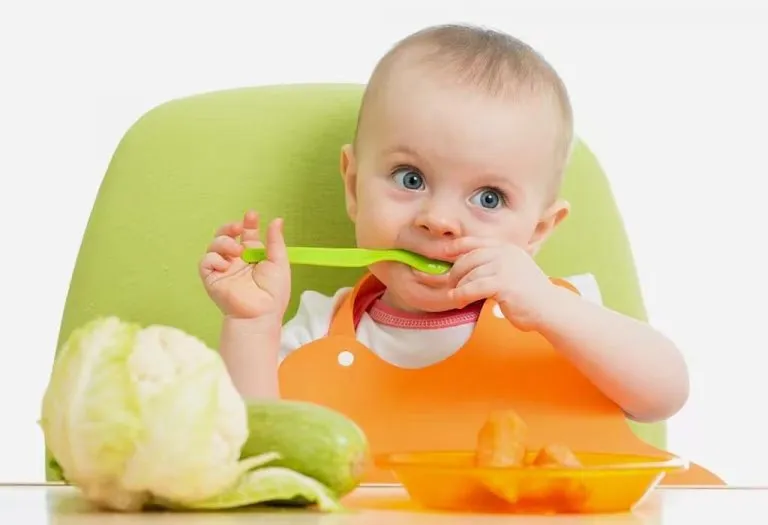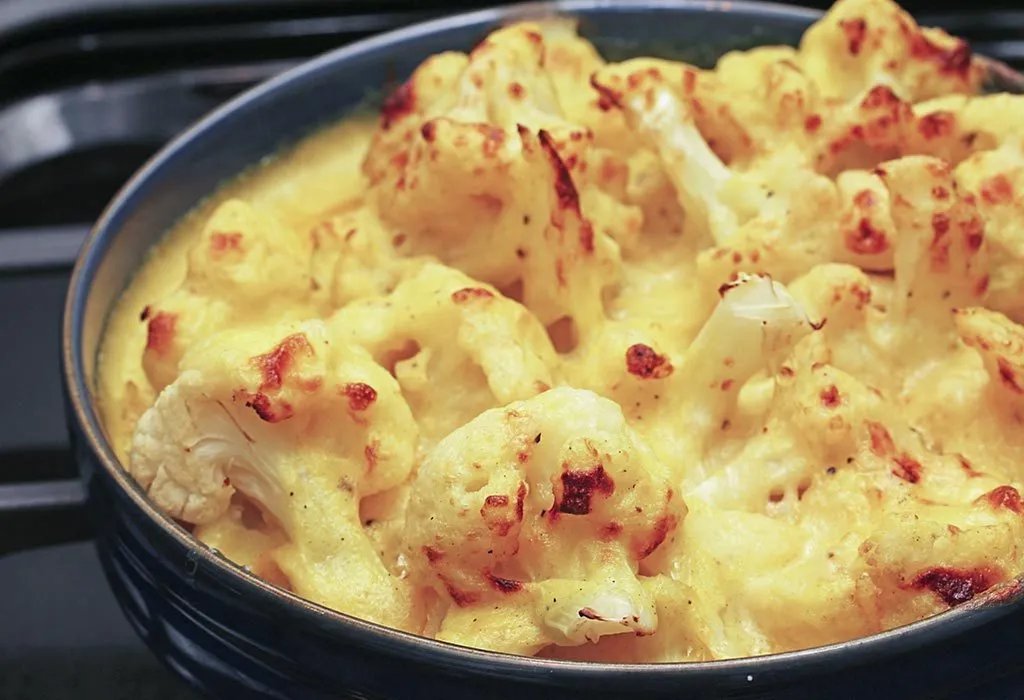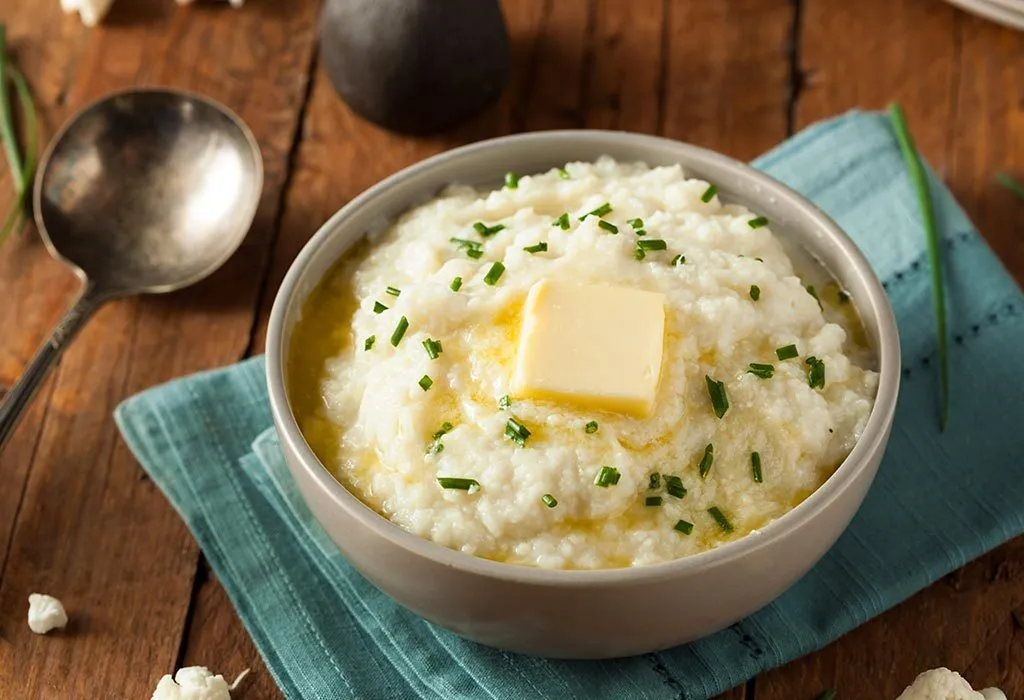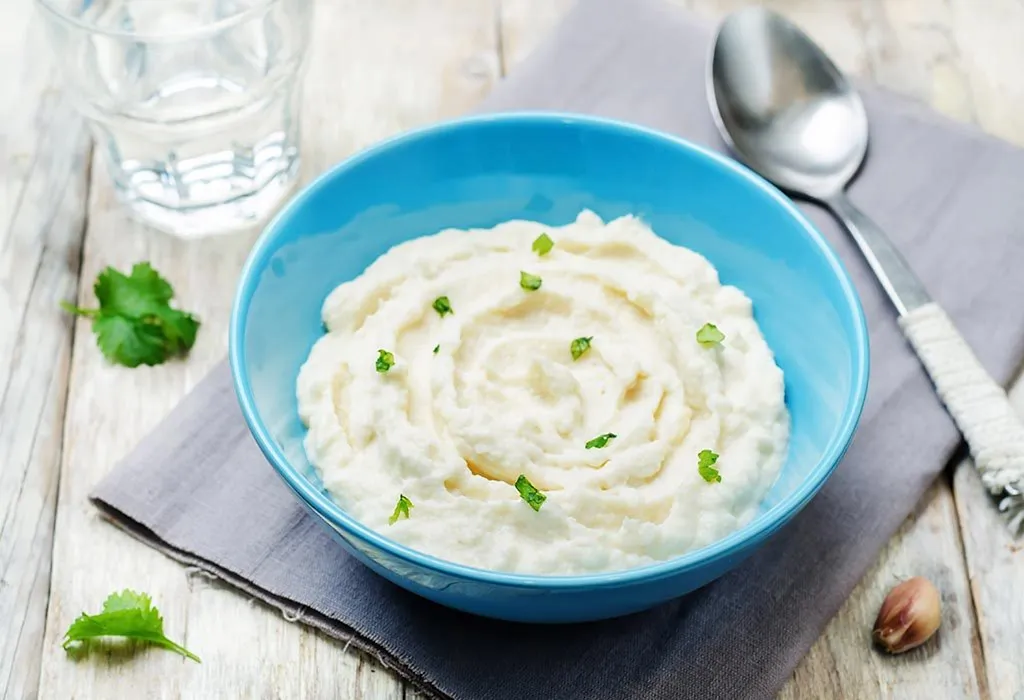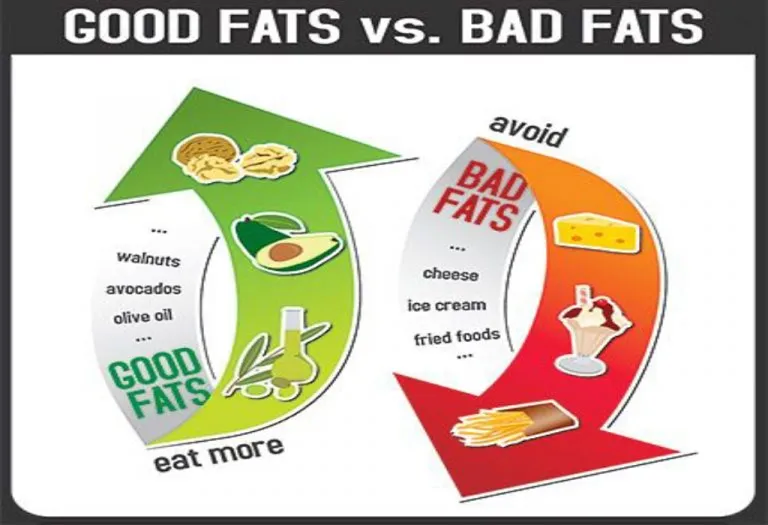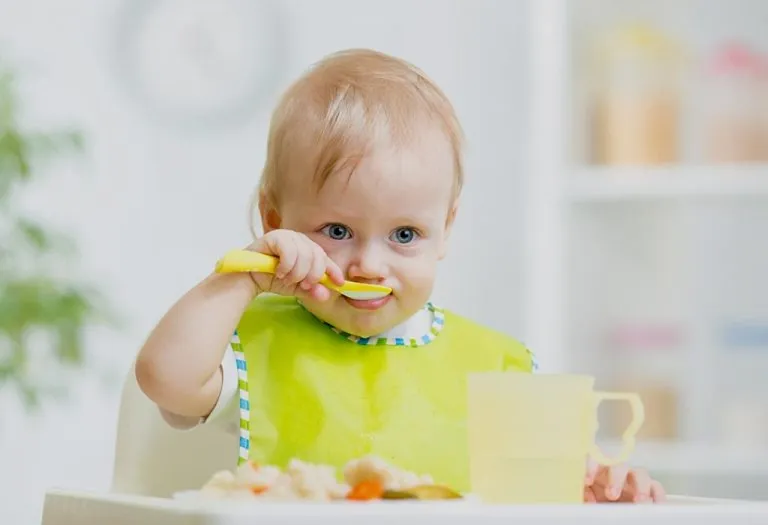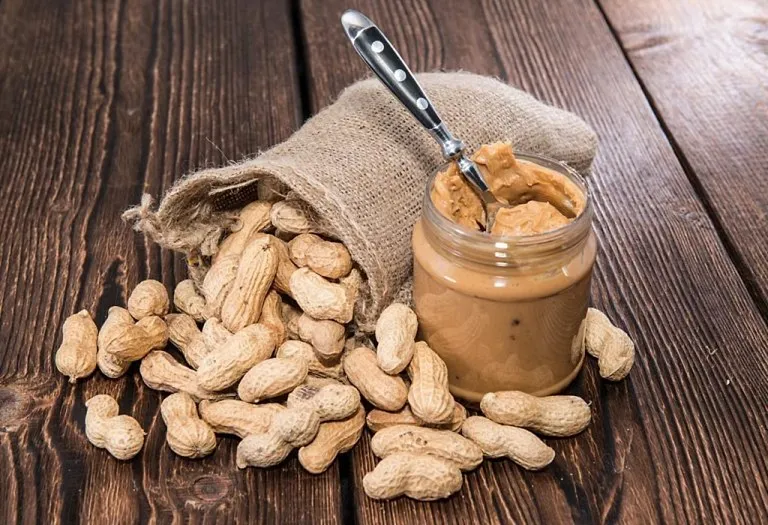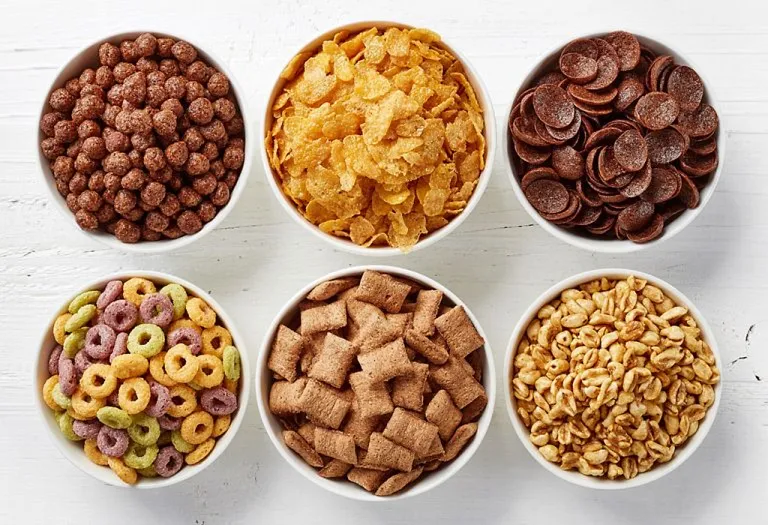Cauliflower for Babies – Health Benefits and Delicious Recipes

While introducing your baby to the world of semi-solid and solid foods, it is important to know which vegetables to add to his diet and at what age. This knowledge is especially necessary when you are opting to make your own baby food at home. Homemade food allows better control of the ingredients that are fed to your little one. Like many mothers, if you are troubled by the query, “Is cauliflower good for babies?” we have good news for you! Cauliflower can prove to be a great addition to your child’s diet, and helps in providing necessary nutrients for wholesome growth.
Is It Safe to Give Cauliflower to Your Baby?
Cauliflower is a nutritious vegetable that you can introduce to your baby around 6 months of age. It’s important to cook the cauliflower until it’s very soft and then mash or puree it to a smooth consistency. Avoid adding salt or other seasonings to keep it simple and suitable for your baby’s delicate palate.
Start with small portions, as babies are just beginning to explore solid foods. Watch closely for any signs of allergies, such as rash, vomiting, or diarrhea, though cauliflower is not a common allergen. Pay attention to how well your baby digests the cauliflower, as some babies may have more sensitive stomachs.
When Can You Introduce Cauliflower to Babies?
Cauliflower is a highly versatile vegetable that contains folate, calcium, Vitamins A & C, and fibre, too. You can introduce your baby to cauliflower when he completes 6 months. The baby’s digestive system is not fully developed until he is above six months of age, and hence it is better to wait. This could cause discomfort and pain in some cases, too. It is best to consult with your doctor before doing so, especially if your tiny tot has an over-sensitive stomach. Although cauliflower isn’t known to cause allergies in babies, it is best to introduce it separately, so in case of any adverse reaction, it will be easy to identify the cause.
Nutritional Value of Cauliflower
Cauliflower is a cruciferous vegetable that contains phytochemicals, which help to prevent cancer, among other benefits. Here is the nutritional value of cauliflower present in 1 cup in terms of minerals and vitamins:
| Minerals | Vitamins |
| Potassium – 320 mg | Vitamin C – 51.6 mg |
| Phosphorus – 47.1 mg | Vitamin B6 – 0.197 mg |
| Calcium – 23.5 mg | Folate – 61 µg |
| Sodium – 32.1 mg | Niacin – 0.542 mg |
| Magnesium – 16 mg |
Thiamine – 0.054 mg |
| Iron – 0.449 mg |
Lutein – 1.07 µg |
| Manganese, Copper, Zinc and Selenium in small quantities | Pantothenic Acid – 0.714 mg |
Source: https://fdc.nal.usda.gov/fdc-app.html#/food-details/169986/nutrients
Benefits of Cauliflower for Babies
The following are the benefits of cauliflower if you choose to include it in your baby’s diet (1):
1. Good for Skin
Since cauliflower contains sulforaphane, it protects the baby’s skin against the harmful effects of ultraviolet rays. Other skin conditions like inflammations, cellular damage, skin cancer, and erythema are also prevented.
2. Good for Bones
Cauliflower provides Vitamin C to the body, which makes the baby’s bones stronger and healthier. It enhances collagen production so that the bones and joints are protected from inflammatory damage. It also contains Vitamin K, which is beneficial for the baby’s bones.
3. Prevents Stomach Disorders
The high fibre content in cauliflower aids digestion, and helps in removing toxins from the body. It prevents the growth of certain bacteria by protecting the stomach lining. Cauliflower also helps to deal with many kinds of stomach disorders.
4. Takes Care of the Heart and Cardiovascular Systems
The presence of sulforaphane in cauliflower helps to improve the functioning of the heart and kidneys. Since it contains Vitamin K and glucoraphanin, the baby’s blood vessels are maintained along with good blood circulation.
How to Select and Store Cauliflower?
When you visit the market to purchase cauliflower for the baby, choose the one that is heavy for its size. Ensure the leaves are green, fresh-looking, and have a “crunch” (2). The cauliflower is certainly a stale one if its leaves are pale in colour, and are droopy. The cauliflower with more leaves on its head helps keep the centre (curd) fresh by protecting it. A creamy, white-coloured curd means that the cauliflower is fresh. Brown spots, dull exteriors, and the presence of small flowers mean that it is old and rapidly losing its nutritional value.
Take care while using frozen cauliflower. Frozen cauliflower can become extremely soggy after it is cooked, and even the cauliflower puree that baby boys and girls love doesn’t taste very good.
While storing cauliflower, keep its stem side up to prevent moisture from accumulating on the curd. Do not store cauliflower in a plastic bag, as this encourages moisture accumulation, hastening the decaying process. You can use a paper bag or no bag at all. When kept in the refrigerator, fresh cauliflower will retain all its nutrients and qualities for about a week.
How to Cook Cauliflower for Your Baby?
Cauliflower is very simple to cook. First, remove the green leaves and cut the florets just above the stem. Then, wash the florets thoroughly under running water to clean them properly.
Cut the curd into small-sized florets, preferably of the same size, to help the cauliflower cook evenly (3). After you have cut the cauliflower into pieces, allow it to sit in a bowl of salted water to help the health-enhancing phytonutrients develop.
It is best to steam the cauliflower florets, which takes around eight to ten minutes. They can also be boiled for about five minutes. Steaming is preferred, as boiling can drain some of its nutrients into the water. To ensure the nutrients are routed back into your baby’s food, use boiled water while making cauliflower puree for your little one. Cauliflower can be roasted and even eaten raw when your child grows up. However, it is best to cook it when feeding an infant.
Precautions to Take While Giving Cauliflower to Baby
When introducing cauliflower to your baby, taking certain precautions is important to ensure their safety and health. Cauliflower is a nutritious vegetable that can be a great addition to their diet, but proper preparation and consideration are necessary.
- Cooking: Cook cauliflower until very soft to make it easier for your baby to digest.
- Texture: Mash or puree the cooked cauliflower to a smooth consistency.
- Seasoning: Avoid adding salt, sugar, or spices to the cauliflower when preparing it for your baby.
- Allergies: While cauliflower is not a common allergen, introduce it gradually and watch for any signs of allergic reactions.
- Digestibility: Monitor how well your baby tolerates cauliflower, as some babies may have sensitivities to certain foods.
Easy Cauliflower Recipes for Your Baby
Your little one will love the taste of cauliflower if you cook the right way! You can add more ingredients to enhance its taste and retain its nutritional values. Here are a few handpicked recipes to get you started the easy way:
1. Baked Cauliflower Cheese
This is the simplest and tastiest way to serve cauliflower to your baby.
Ingredients
- One small cauliflower
- ¾ cup milk
- 4 tsp unsalted butter
- 2 teaspoons of flour
- 2 tablespoons of fresh whole-wheat bread crumbs
- ¼ cup of grated Parmesan cheese
- ¼ cup of grated Cheddar cheese
- A pinch of nutmeg
Method
- Wash the cauliflower under running water before cutting it into small florets.
- Steam them till done.
- In the meantime, melt 2 teaspoons of butter in a pan, and add the flour while stirring continuously.
- Add milk, and bring to a boil. Cook until the mixture is thick, and take the pan off the heat.
- Add the nutmeg and Cheddar cheese.
- In a baking dish, pour this mixture along with the steamed cauliflower. Stir well.
- Mix the Parmesan cheese with the breadcrumbs in a separate bowl, and sprinkle it over the mixture.
- Melt the rest of the butter, and pour it over the crumbs.
- Bake this for about 20-30 minutes till the mix turns a delicious, golden-brown colour.
This cauliflower cheese baby food recipe is bound to be a hit with kids, and mothers as well!
Make sure to serve this recipe to babies who are above 6 months of age, due to the dairy content in it. Serve it in small amounts, so as not to overwhelm your little one’s digestive system. You can tweak the amounts of cheese, milk, and butter going into this recipe, and add your own twists to make it a tasty and nutritious dish for your baby.
2. Mashed Potatoes
Add some cauliflower to the classic mashed potato recipe!
Ingredients
- 4 cauliflower turrets
- 200 grams potatoes
- 2 teaspoons of olive oil
- 3 tablespoons of warm milk
- ¼ cup of grated Cheddar cheese
- 1 tablespoon diced chives or spring onions
Method
- Peel the potatoes, cut them into long pieces, and allow them to simmer in water for about 10 minutes.
- Add the cauliflower turrets, and cool for about 8-10 minutes, till the mix turns tender.
- Drain the water, and mash the potatoes along with the cauliflower while adding the cheese and chives.
- Pour the milk and olive oil, and your nutrient-packed mashed potato and cauliflower dish is ready!
3. Basic Cauliflower Puree
This is a simple puree with only cauliflower.
Ingredients
- 1 cauliflower
Method
- Wash the cauliflower clean under running water. Remove the green leaves to get to the curd.
- Remember to use only the florets to make the puree, so you get a smooth and tasty puree.
- Put it into a pan, and steam it until tender.
- Put it into a blender, and run it till it turns into a smooth cauliflower puree for baby.
- You can add a little water if you feel you need more consistency.
- To make it tastier, you could consider adding an apple to it.
4. Cauliflower and Carrot Puree
Combining cauliflower’s mild taste with the sweetness of carrots, this puree offers a colorful and nutrient-packed option for your baby’s mealtime.
Ingredients
- 1 cup cauliflower florets
- 1 carrot, peeled and sliced
- Water for steaming
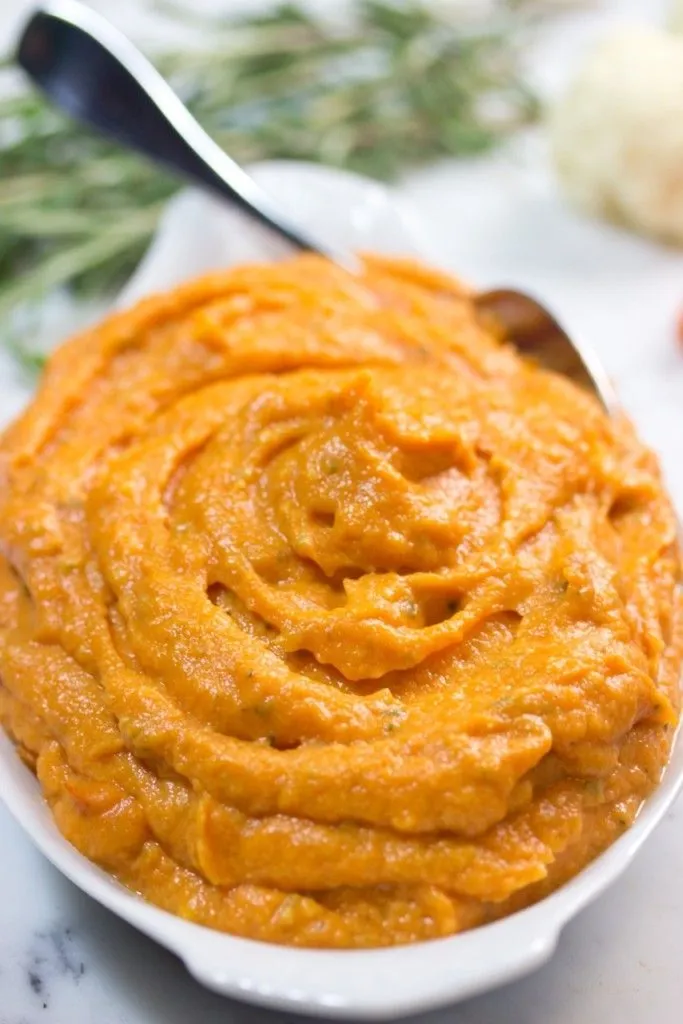
Source: Pinterest
Method
- Steam cauliflower florets and carrot slices until soft.
- Puree together in a blender until smooth, adjusting consistency with water or breast milk/formula as needed.
- This puree is packed with beta-carotene from carrots and provides a tasty blend of vegetables for your baby.
5. Cauliflower and Lentil Puree
Rich in protein and fiber, this puree combines cauliflower with red lentils and a hint of cumin for a flavorful and nutritious meal option for your growing baby.
Ingredients
- 1/2 cup cauliflower florets
- 1/4 cup dried red lentils, rinsed
- 1 cup water or low-sodium vegetable broth
- 1/2 teaspoon ground cumin (optional)
- Olive oil for cooking
Method
- Heat a small amount of olive oil in a saucepan over medium heat.
- Add cauliflower florets and sauté for 2-3 minutes until lightly golden.
- Add rinsed red lentils, water or vegetable broth, and ground cumin (if using).
- Bring to a boil, then reduce heat to low, cover, and simmer for about 20-25 minutes, or until lentils and cauliflower are tender.
- Let cool slightly, then blend until smooth using a blender or food processor.
- Adjust consistency with additional water or broth if needed.
- Serve warm.
FAQs
1. Can I give raw cauliflower to my baby?
It’s generally not recommended to give raw cauliflower to babies, especially before they have developed molars to chew effectively. Raw cauliflower can be difficult for babies to digest and may present a choking hazard. It’s best to cook cauliflower until it’s very soft and then mash or puree it.
2. Can I mix cauliflower with other foods?
Yes, you can mix cauliflower with other foods as your baby’s palate expands. It pairs well with sweet potatoes, carrots, or peas. However, introduce new foods one at a time to monitor for any allergies or digestive issues.
3. Can cauliflower be a choking hazard for babies?
While properly cooked and mashed cauliflower is generally safe for babies, large chunks or improperly prepared cauliflower can pose a choking hazard. Always ensure the texture is appropriate for your baby’s age and chewing abilities, and supervise them closely during meals.
4. Can I use frozen cauliflower for baby food?
Yes, you can use frozen cauliflower for baby food. Frozen cauliflower is convenient and retains its nutritional value. Thaw it thoroughly before cooking and ensure it’s cooked until very soft before pureeing or mashing for your baby.
There are many health benefits associated with cauliflower, and your baby will certainly benefit from your decision to add it to his meals. Of course, you will have to cook up a few tasty recipes to get your little one hooked on to it and eat it without much of a fuss! Also, before introducing your little one to solid foods and new foods, it is recommended to speak to your paediatrician, and discuss any allergy risks that can be associated with this age.
References/Resources:
1. Cauliflower, raw; Food Data Central; U.S. Department of Agriculture; https://fdc.nal.usda.gov/fdc-app.html#/food-details/169986/nutrients
2. Cauliflower: A versatile nutrition superstar; Mayo Clinic Health System; https://www.mayoclinichealthsystem.org/hometown-health/speaking-of-health/cauliflower-the-new-nutrition-superstar
3. Cauliflower; Solid Starts; https://solidstarts.com/foods/cauliflower/
4. Ahmed. F. A, Ali. R. F; Bioactive compounds and antioxidant activity of fresh and processed white cauliflower (BioMed Research International); National Library of Medicine; https://www.ncbi.nlm.nih.gov/pmc/articles/PMC3793502/; September 2013
5. Blekkenhorst. L. C, Sim. M, Bondonno. C. P, et al.; Cardiovascular Health Benefits of Specific Vegetable Types: A Narrative Review (Nutrients); National Library of Medicine; https://www.ncbi.nlm.nih.gov/pmc/articles/PMC5986475/; May 2018
6. GERD Diet: Foods That Help with Acid Reflux (Heartburn); Johns Hopkins University; https://www.hopkinsmedicine.org/health/wellness-and-prevention/gerd-diet-foods-that-help-with-acid-reflux-heartburn
7. Listeriosis; Stanford Medicine Children’s Health; https://www.stanfordchildrens.org/en/topic/default?id=listeriosis-90-P02464
Also Read:
Oats for Infants
Pumpkin for Babies
Cabbage for Babies
Arrowroot for Babies
Was This Article Helpful?
Parenting is a huge responsibility, for you as a caregiver, but also for us as a parenting content platform. We understand that and take our responsibility of creating credible content seriously. FirstCry Parenting articles are written and published only after extensive research using factually sound references to deliver quality content that is accurate, validated by experts, and completely reliable. To understand how we go about creating content that is credible, read our editorial policy here.






